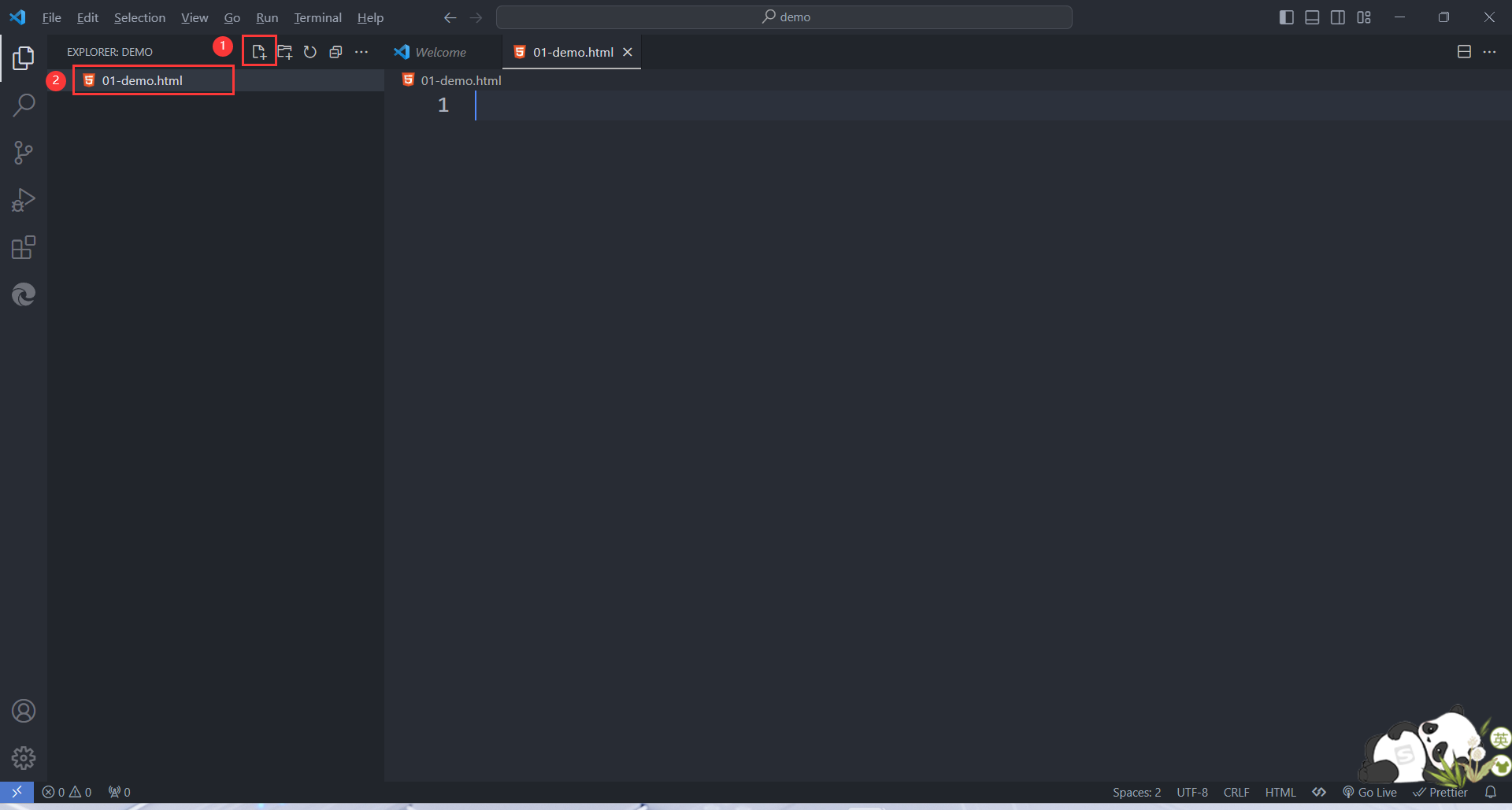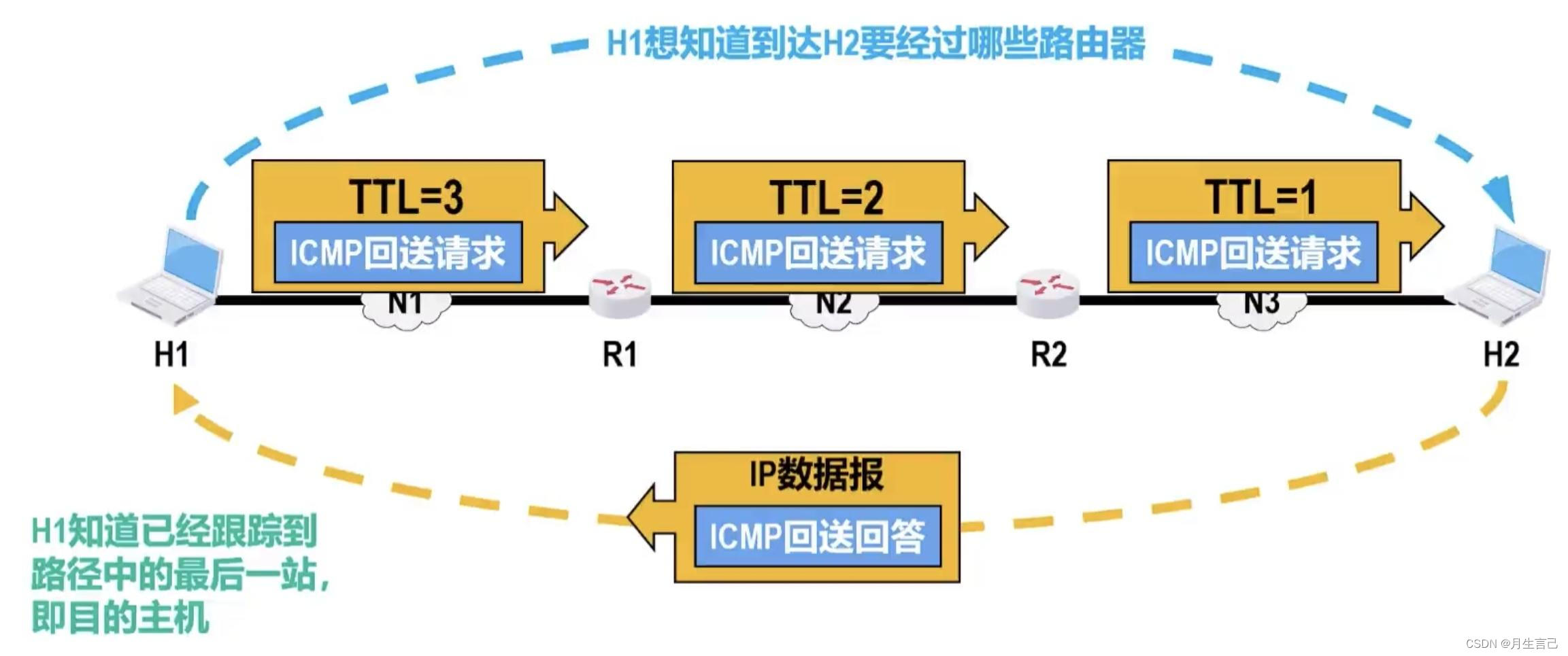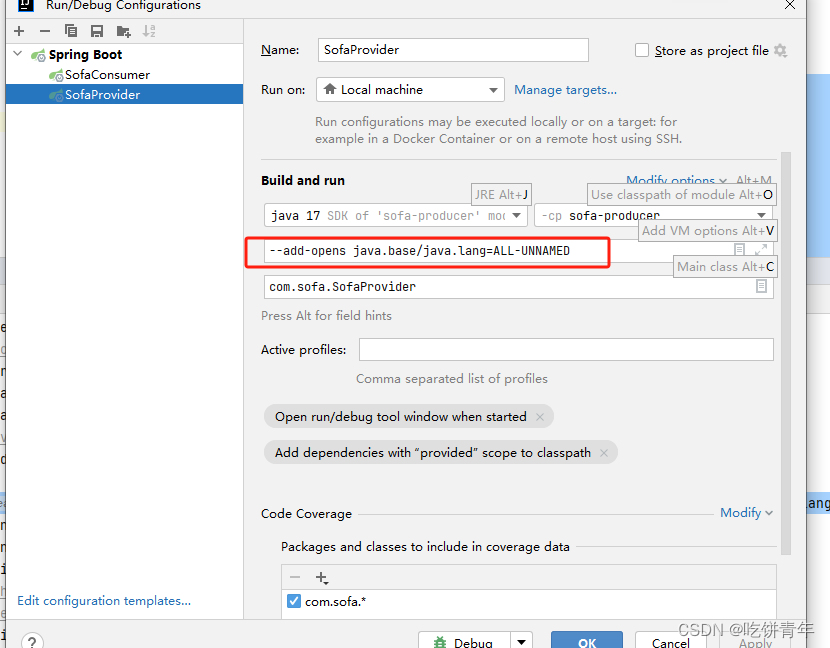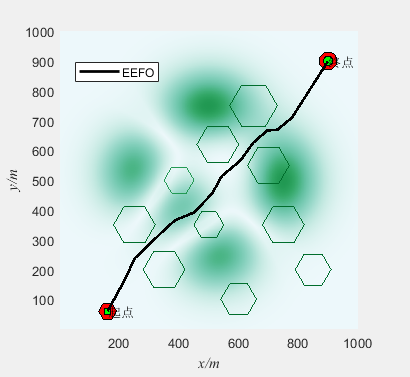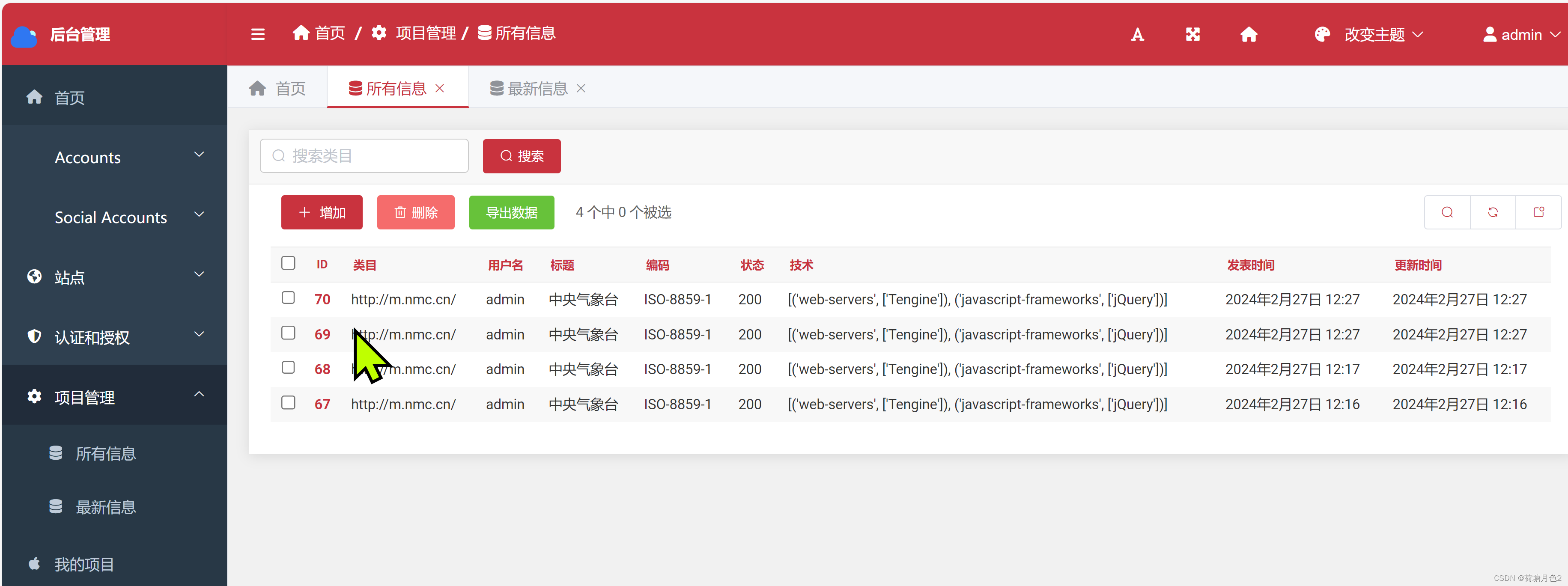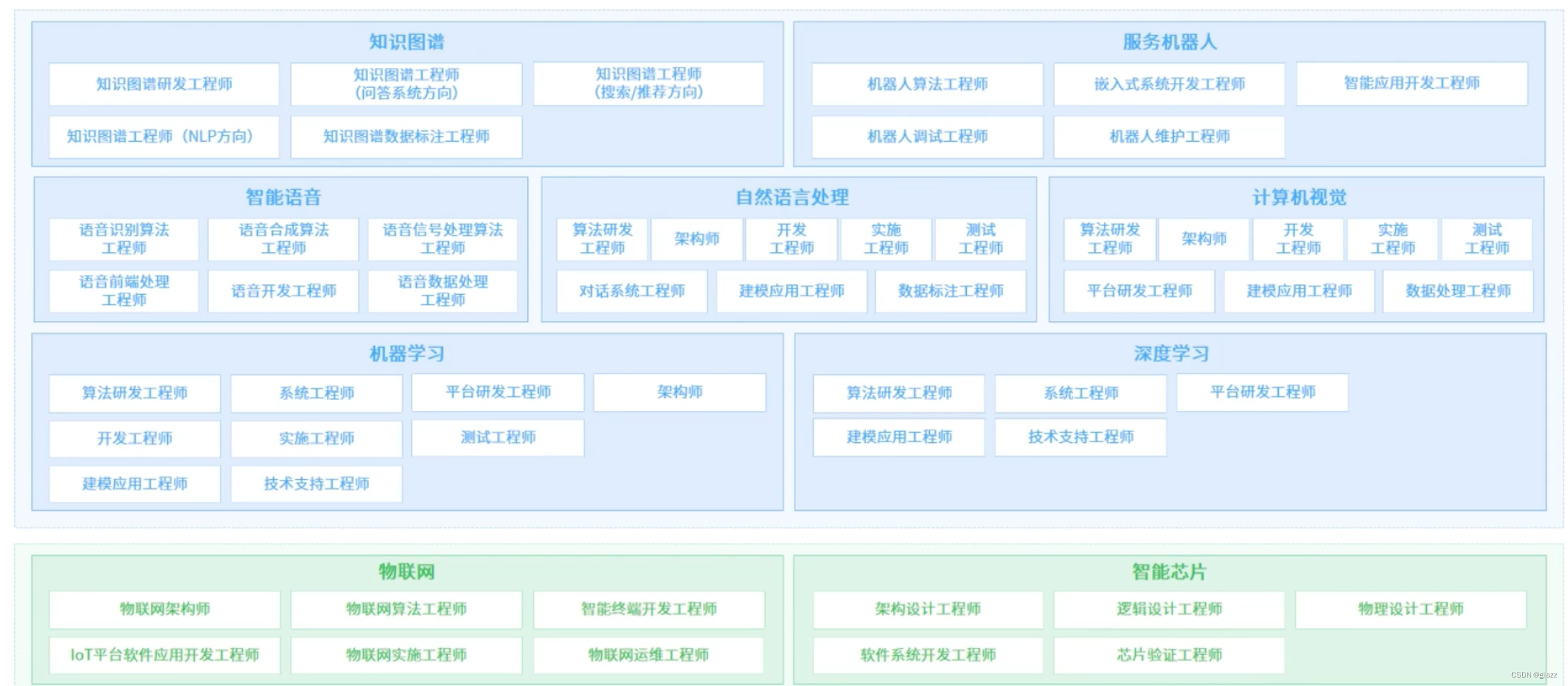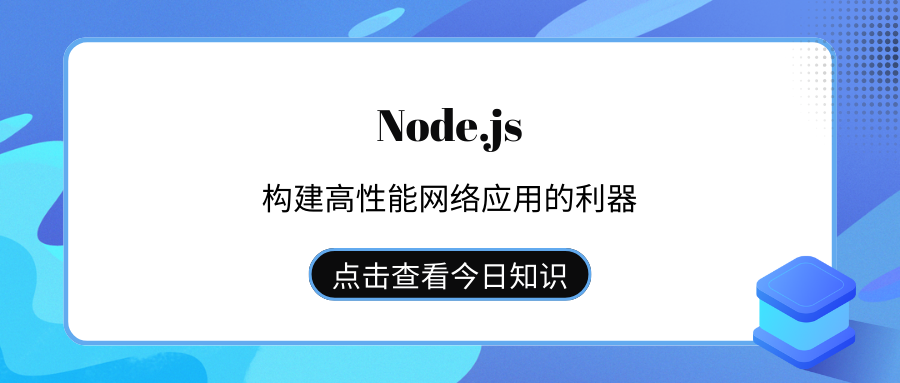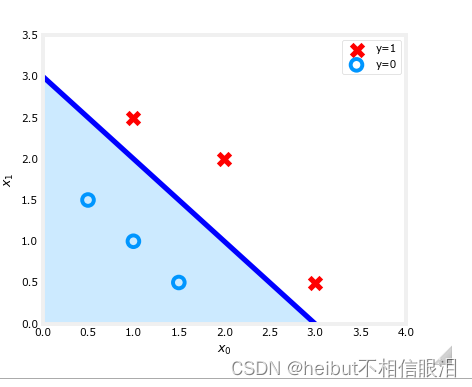查表法在工厂模式、策略模式以及职责链模式中都有使用。以工厂模式为例,表中存储的数据,key 是商品的类型,value 是生产这个商品的工厂。在生产商品的时候,直接根据商品类型从表中获得商品对应的工厂,然后通过工厂生产商品。如果没有表的话,那么类型判断和工厂实现都在一块,代码耦合度高,通过查表法可以对代码进行解耦。
1 策略模式
如下代码就体现了策略模式。有一个策略抽象类,Strategy,有 3 个派生策略类 StrategyA、StrategyB 和 StrategyC。函数 DoStrategy() 根据策略类型创建对应的策略,然后执行策略,这样的实现,策略的创建和使用耦合在一起。函数 DoStrategy1() 中根据策略类型进行查表,从 StrategyMap 中查到对应的策略,然后执行。如果使用 DoStrategy() 的方式,那么当策略发生变化的时候,需要对函数进行修改;如果使用 DoStrategy1() 的方式,那么策略发生变化的时候,只需要修改 StrategyMap 这个表即可,不需要对函数进行修改。虽然都需要修改,但是修改的范围不一样,使用策略模式之后,修改的返回仅限于 map 表,不会对算法部分进行修改。
策略就是将策略的定义、创建和使用进行解耦,DoStrategy1() 中的用法符合策略模式。解耦是为了简化代码,如果代码本身就比较简单,那么使用策略模式就显得不是很必要。所以设计模式的使用要具体情况具体分析,而不是什么情况下都用设计模式硬套。
#include <iostream>
#include <string>
#include <map>
// 策略定义
class Strategy {
public:
virtual void StrategyImpl() = 0;
};
class StrategyA : public Strategy {
public:
virtual void StrategyImpl() {
std::cout << "StrategyA Impl" << std::endl;
}
};
class StrategyB : public Strategy {
public:
virtual void StrategyImpl() {
std::cout << "StrategyB Impl" << std::endl;
}
};
class StrategyC : public Strategy {
public:
virtual void StrategyImpl() {
std::cout << "StrategyC Impl" << std::endl;
}
};
enum StrategyType {
TypeA,
TypeB,
TypeC
};
void DoStrategy(StrategyType type) {
Strategy *t;
if (type == TypeA) {
// 策略创建
t = new StrategyA;
// 策略使用
t->StrategyImpl();
delete t;
} else if (type == TypeB) {
t = new StrategyB;
t->StrategyImpl();
delete t;
} else {
t = new StrategyC;
t->StrategyImpl();
delete t;
}
}
// 策略创建
std::map<StrategyType, Strategy *> StrategyMap = {
{StrategyType::TypeA, new StrategyA},
{StrategyType::TypeB, new StrategyB},
{StrategyType::TypeC, new StrategyC}
};
// 策略使用
void DoStrategy1(StrategyType type) {
if (StrategyMap.count(type)) {
StrategyMap[type]->StrategyImpl();
}
}
int main() {
DoStrategy(StrategyType::TypeA);
DoStrategy(StrategyType::TypeB);
DoStrategy(StrategyType::TypeC);
std::cout << "----------------" << std::endl;
DoStrategy1(StrategyType::TypeA);
DoStrategy1(StrategyType::TypeB);
DoStrategy1(StrategyType::TypeC);
return 0;
}
2 职责链模式
工厂模式,一次执行是生产一种商品,选择这个商品对应的工厂,然后生产;策略模式,一次是执行一种策略,从 map 中查找到策略,然后执行。工厂模式和职责链模式中使用的表是 map。职责链模式和工厂模式以及策略模式是不同的,职责链模式一次执行要执行职责链中的一个,多个或者全部。
贴吧网站,微博网站,短视频网站,用户在这些网站发布内容,都需要经过审核,审核通过才能发布。要审核的内容包括有没有涉黄,是不是反动等,这种场景使用职责链模式就比较合适。职责链模式中的规则一般维护在线性数据结构中,数组或者链表。

linux 中 iptables 工具基于内核的 netfilter 来实现,netfilter 框架在内核中的 ip 层的不同位置预留了 5 个 hook 点,每个 hook 点都可以插入一个或者多个报文处理规则,这些规则使用双向链表维护。当报文经过 hook 点时,如果有处理规则,便会使用规则进行处理。这是一个职责链模式使用的场景。
对于一些设计模式,比如模板模式,策略模式,职责链模式,可能你都没听说过这些名词,但是在实际工作中你已经使用过了。
类似于策略模式,职责链模式是将职责的定义,创建和使用进行解耦。如下代码,使用了职责链模式。
#include <iostream>
#include <string>
#include <vector>
// 职责定义
class ContentChecker {
public:
virtual bool Permitted(const std::string &str) = 0;
};
class SexyChecker : public ContentChecker {
public:
virtual bool Permitted(const std::string &str) {
return true;
}
};
class SensitiveChecker : public ContentChecker {
public:
virtual bool Permitted(const std::string &str) {
return true;
}
};
bool CheckIsPermitted(const std::string str) {
// 职责创建
SexyChecker c1;
SensitiveChecker c2;
// 职责使用
if (!c1.Permitted(str)) {
return false;
}
if (!c2.Permitted(str)) {
return false;
}
return true;
}
std::vector<ContentChecker *> checkers;
bool CheckIsPermitted1(const std::string str) {
// 职责使用
for (ContentChecker * checker : checkers) {
if (checker->Permitted(str)) {
return false;
}
}
return true;
}
int main() {
CheckIsPermitted("hello");
// 职责创建
checkers.push_back(new SexyChecker);
checkers.push_back(new SensitiveChecker);
CheckIsPermitted1("hello");
return 0;
}

